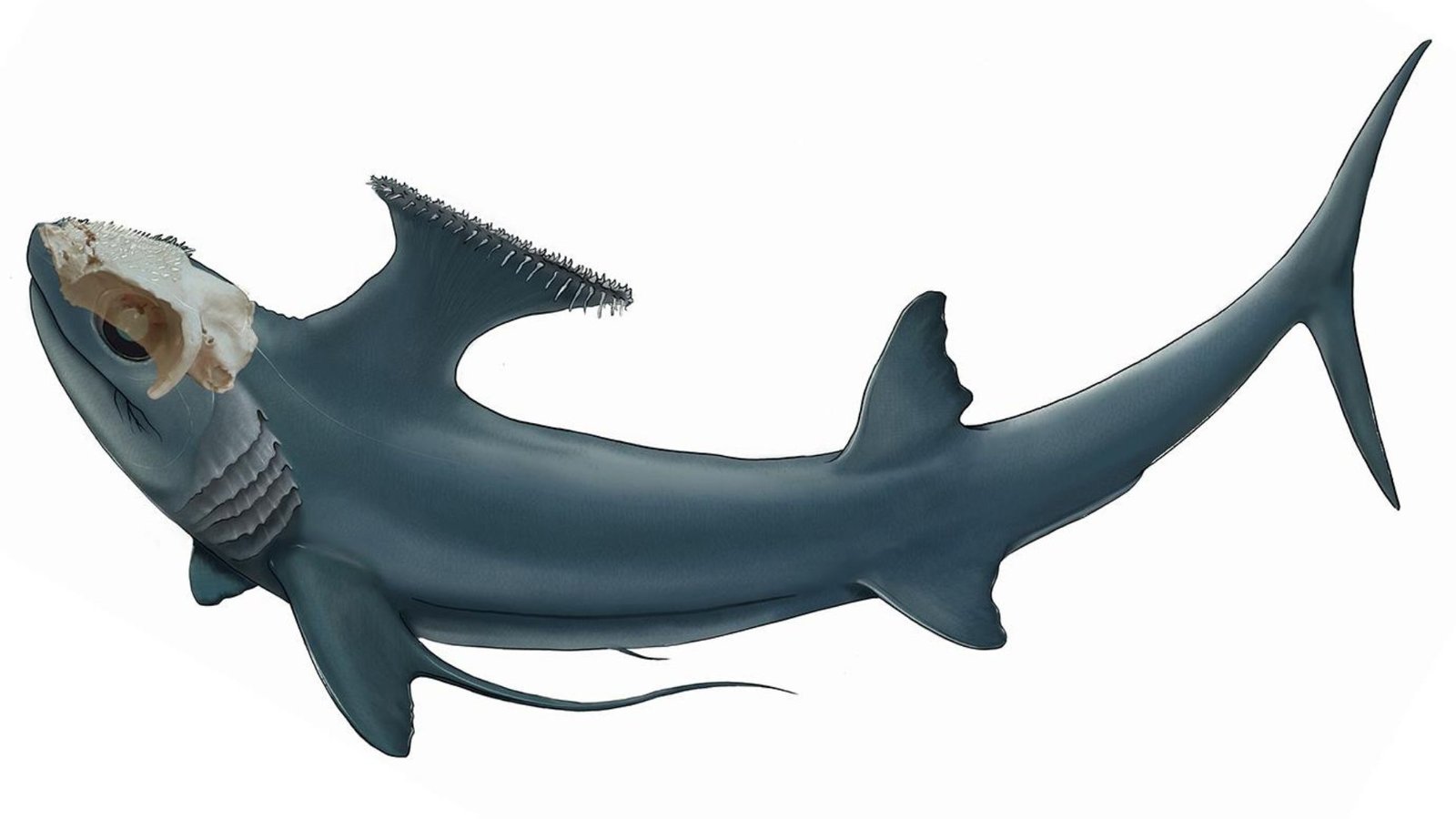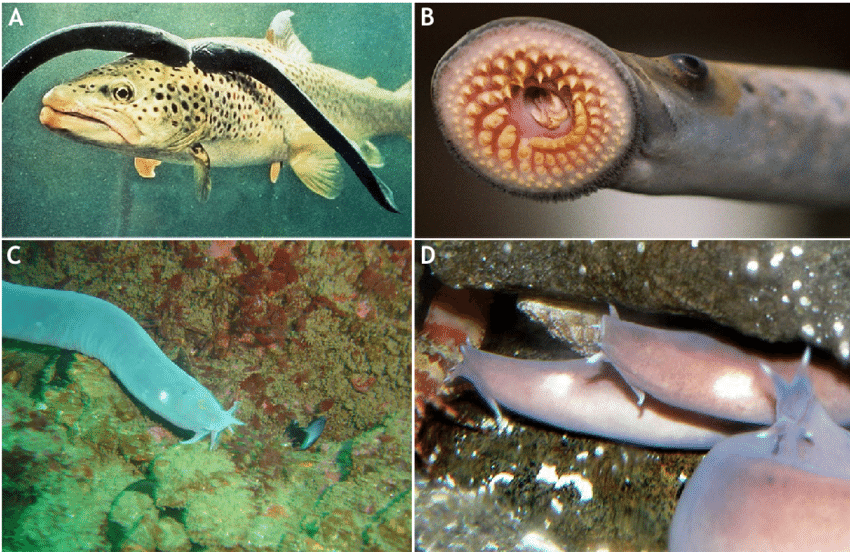Jawless fish, belonging to the superclass Agnatha, are among the earliest known vertebrates, with a fossil record that dates back hundreds of millions of years. These primitive creatures provide crucial insights into the early evolution of vertebrates, showcasing the transition from simple to more complex organisms. Fossil evidence of early jawless fish reveals their anatomy, lifestyle, and ecological roles, offering a glimpse into the distant past and the origins of vertebrate life.
Radencich Salmon Flies and Online Entertainment
RadencichSalmonFlies.com likely offers information and resources related to salmon flies, possibly for fly fishing. After exploring this niche interest, consider other forms of online entertainment. For a relaxing break, explore gambling360 free casino games.
The Importance of Jawless Fish in Evolutionary History
Jawless fish are significant in evolutionary history because they represent the earliest branch of vertebrates. Unlike modern fish, these ancient species lacked jaws and paired fins, characteristics that would later evolve in more advanced vertebrates. The study of jawless fish fossils allows scientists to trace the development of key vertebrate features, such as the vertebral column, skull, and sensory organs. This fossil evidence provides a timeline for the evolution of vertebrates and helps to fill in the gaps in our understanding of how complex life forms developed.
Cambrian Fossils: The Earliest Jawless Fish
The earliest known jawless fish fossils date back to the Cambrian period, approximately 520 million years ago. During this time, the first vertebrates began to appear in the fossil record, marking a significant milestone in the history of life on Earth. One of the most notable early jawless fish discovered from this period is Haikouichthys, found in the Chengjiang fossil beds in China. Haikouichthys is considered one of the first true vertebrates, with a simple cartilaginous skeleton, a notochord, and segmented muscles along its body.
Another important fossil from the Cambrian period is Myllokunmingia, also discovered in the Chengjiang fossil beds. Myllokunmingia shares many characteristics with Haikouichthys, such as a rudimentary skull and gill slits, but also possesses a more developed dorsal fin. These early jawless fish fossils are critical for understanding the initial stages of vertebrate evolution, highlighting the early development of features that would later become more complex in jawed vertebrates.
Expert Salmon Flies and Fishing Insights
Radencichsalmonflies.com provides high-quality salmon flies and valuable fishing insights for anglers. For a different kind of thrill, explore the excitement of https://www.kingjohnnie.me/en/online-roulette. Discover the spin and anticipation of the roulette wheel.
Mastering the Art of Classic Salmon Fly Tying
At Radencich Salmon Flies, we specialize in the timeless craft of classic Atlantic salmon fly tying, offering a range of resources to help you perfect this intricate art. Our founder, Michael D. Radencich, has been dedicated to this craft since 1990, producing detailed guides and instructional materials :contentReference[oaicite:3]{index=3}. For those seeking a brief diversion between tying sessions, some enthusiasts enjoy light entertainment options like jackpotjillvip Casino Login. We believe in balancing focused craftsmanship with moments of relaxation to maintain a well-rounded perspective.
Ordovician Fossils: The Diversification of Jawless Fish
Following the Cambrian period, jawless fish continued to evolve and diversify during the Ordovician period, approximately 485 to 443 million years ago. This period saw the emergence of a wide variety of jawless fish species, some of which developed bony armor and other specialized features. One of the most well-known groups of jawless fish from this time is the Ostracoderms, a diverse group of armored fish that thrived in the shallow seas of the Ordovician.
Ostracoderm fossils, such as Arandaspis and Astraspis, reveal that these early jawless fish had protective bony plates covering their bodies, likely serving as a defense against predators. The presence of these bony structures marks an important step in vertebrate evolution, leading to the development of the bony skeletons seen in later vertebrates. The fossil record of Ostracoderms provides valuable information on the adaptive strategies that early jawless fish used to survive in their environments.
Silurian Fossils: The Rise of More Advanced Jawless Fish
The Silurian period, which occurred around 443 to 419 million years ago, witnessed the continued evolution of jawless fish, with the appearance of more advanced species. During this time, jawless fish began to develop more specialized features, such as improved sensory organs and increased mobility. Fossils from the Silurian period, such as Thelodus and Loganellia, show that these fish had small, tooth-like structures known as denticles, which may have helped them in feeding.
Thelodont fossils, in particular, provide insight into the diversity of jawless fish during the Silurian period. These small, streamlined fish had scales covering their bodies and are thought to have been efficient swimmers. The fossil evidence from the Silurian period suggests that jawless fish were highly successful in their environments, occupying a range of ecological niches and continuing to evolve new adaptations.
Explore Online Casino Options
While you’re here appreciating the artistry and craftsmanship of Radencich Salmon Flies, you might also find interest in discovering online entertainment options. For comprehensive reviews and recommendations on online casinos available to players, you can explore gambling360 casino online. Find reputable platforms offering a wide variety of engaging games and secure entertainment for your leisure time here in Harare on this pleasant Monday afternoon.
The Decline of Jawless Fish and the Rise of Jawed Vertebrates
While jawless fish were abundant and diverse during the early Paleozoic era, their numbers began to decline as jawed vertebrates, or gnathostomes, emerged and diversified. The development of jaws provided a significant evolutionary advantage, allowing these new vertebrates to exploit a wider range of food sources and environments. By the end of the Devonian period, many groups of jawless fish had gone extinct, leaving only a few surviving lineages, such as the modern-day hagfish and lampreys.
Despite their decline, the fossil record of early jawless fish remains a critical resource for understanding vertebrate evolution. The fossils of species like Haikouichthys, Myllokunmingia, and Ostracoderms provide a window into the past, revealing how early vertebrates adapted to their environments and laid the foundation for the evolution of more complex life forms.

Fossil Evidence of Early Jawless Fish
Conclusion
In conclusion, the fossil evidence of early jawless fish offers invaluable insights into the origins and evolution of vertebrates. From the earliest Cambrian species like Haikouichthys and Myllokunmingia to the diverse Ostracoderms of the Ordovician and Silurian periods, these fossils trace the evolutionary journey of jawless fish and their contributions to vertebrate history. Although many jawless fish species eventually gave way to the rise of jawed vertebrates, their legacy lives on in the fossil record, providing a deeper understanding of the evolutionary processes that have shaped life on Earth.



